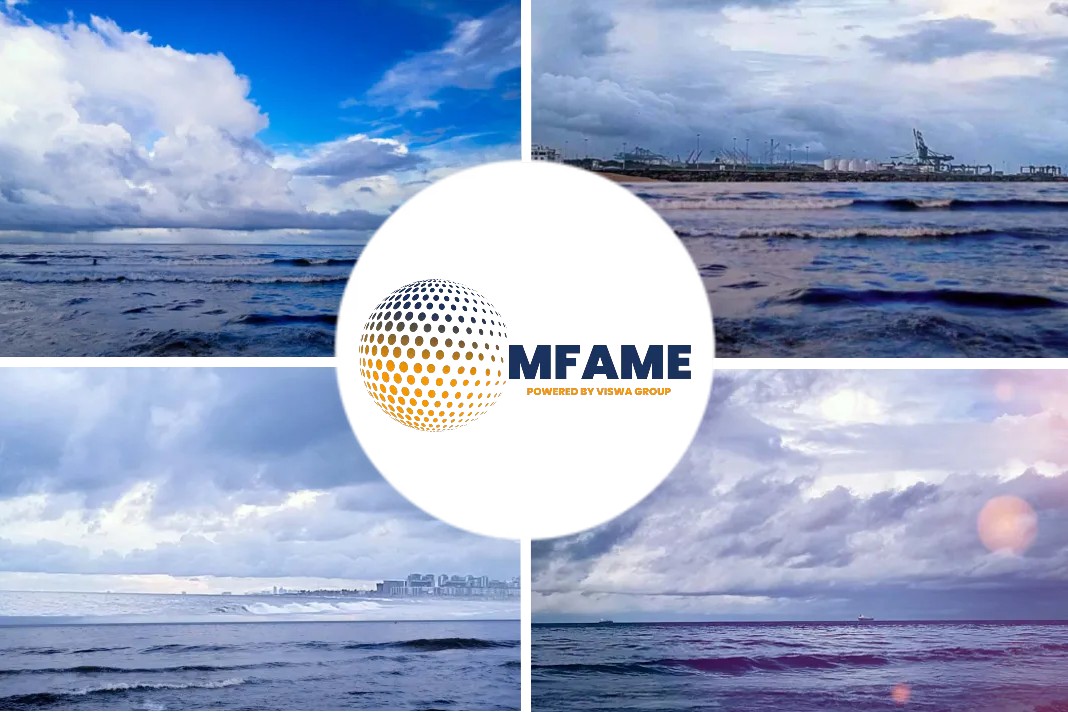War in Ukraine and piracy in multiple hotspots are security issues owners need to face proactively, experts said during Riviera Maritime Media’s Antipiracy: defending the ship webinar. The event was held 31 March 2022 during Riviera’s Cyber & Vessel Security Webinar Week.
Maritime crime and piracy
Skuld assistant vice president for claims Ruby Hassan explained the extent of maritime crime, including piracy, and how it affects vessels. “Maritime crime is a global problem and is as old as the industry itself,” she said. “The nature of maritime crime has evolved but the implications remain as severe.”
Maritime crime includes piracy, armed robbery, illegal military activity, terrorism, trafficking and illegal fishing.
“These not only threaten the maritime security of goods and people, but also set back the entire maritime industry economically,” said Ms Hassan.
She explained the aim of piracy was to extract the maximum monetary value possible stealing ships’ cash and stores, or valuables from crew. It includes kidnap for ransom, stealing ships and cargo, all for illegal monetary gain.
The main piracy hotspots
When it comes to piracy, she highlighted Gulf of Guinea and southeast Asia as the main hotspots worldwide.
“The rise in recent years was attributable to an increase of piracy and armed robbery reported within the Gulf of Guinea, as well as increased armed robbery activity in the Singapore Straits.”
There was an overall reduction in reported incidents in 2021, “attributed to a decline of activity reported within the Gulf of Guinea region.”
Kidnappings at sea dropped 55% in 2021, but the Gulf of Guinea continues to account for all kidnapping incidents globally.
“The maritime security world and industry is evolving and is affected by geopolitical actions,” said Ms Hassan. Shipping is always caught up in regional and local conflicts, as demonstrated in damage to ships and seafarers in the Black Sea this year.
Unauthorised military activity
Unauthorised military activity in a nation’s exclusive economic zone (EEZ) can cause danger to ships regardless of nationality of ownership, flag state and nationality of crew.
The most recent being attacks on international shipping and other vessels in Ukraine’s EEZ by Russian naval forces.
Another example Ms Hassan gave was Iranian forces interfering with legitimate traffic operations around its coastlines. “Terrorism is the unofficial or unauthorised use of violence and intimidation in the pursuit of political aims,” she continued.
This can involve standoff attacks, designed to create damage at a distance, and direct attacks, which involve explosive devices brought close to a ship either by remote control, or a suicide operator, and detonated to create blast damage.
Trafficking can include the illegal movement of people, weapons and drugs. Ms Hassan said, “human trafficking is big business” at US$150Bn a year.
“A modern-day form of slavery involving the illegal trade of people for exploitation or commercial gain, it is second only to drug trafficking as the most profitable form of crime,” she explained.
Arms trafficking or gun-running is the illegal trafficking or smuggling of contraband weapons or ammunition. “What constitutes a legal trade in firearms varies widely, depending on local and national laws,” said Ms Hassan.
Best management practices should be followed
Risk Intelligence chief operating officer Henrik Ehlers Kragh said piracy and armed robbery were clustered in southeast Asia, Arabian Sea, eastern Mediterranean, Black Sea and along the northwest coast of South America.
He said best management practices should be followed by shipping companies when sailing in these areas to minimise the impact on operations from maritime crime.
“Situational awareness is paramount and should be considered throughout the voyage,” said Mr Kragh. “Keep crew informed and understand the situation.” Companies must not be complacent and need to be aware of the risks.
“Assess for vulnerabilities, employ mitigations and train seafarers,” he added. Shipowners need to understand the type and severity of threats and consider how situations can escalate or de-escalate.
An example of this is how the ongoing conflict in eastern Ukraine turned into conventional warfare in February 2022. “Follow these events to proactively apply additional security activities and countermeasures,” said Mr Kragh. “If events de-escalate, [owners] can take away costly mitigation measures.”
He also highlighted the potential threats to ship navigation from GPS jamming and spoofing. Jamming involves “overpowering systems with white noise; it is widely available and is very cheap.”
Spoofing interferes with electronics and the positioning of a vessel. “It is difficult to detect when at sea and can put the ship on the wrong route. Tampering with electronics can be very dangerous,” said Mr Kragh.
“Dealing with security risks requires all stakeholders. It is about having the knowledge of what is happening and being active and not just reactive.”
Did you subscribe to our daily Newsletter?
It’s Free! Click here to Subscribe
Source: Riviera Maritime Media























